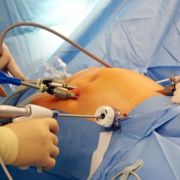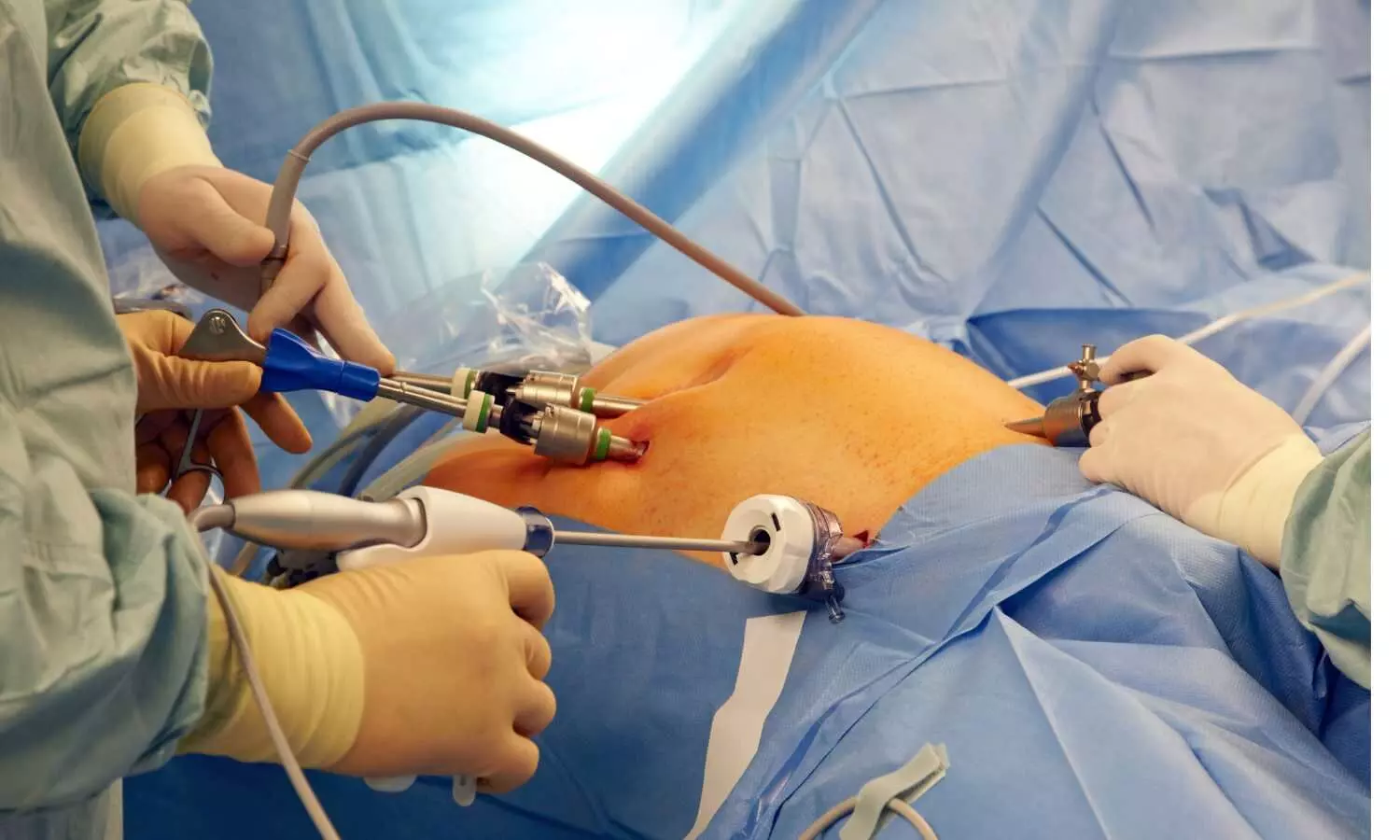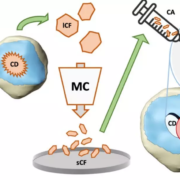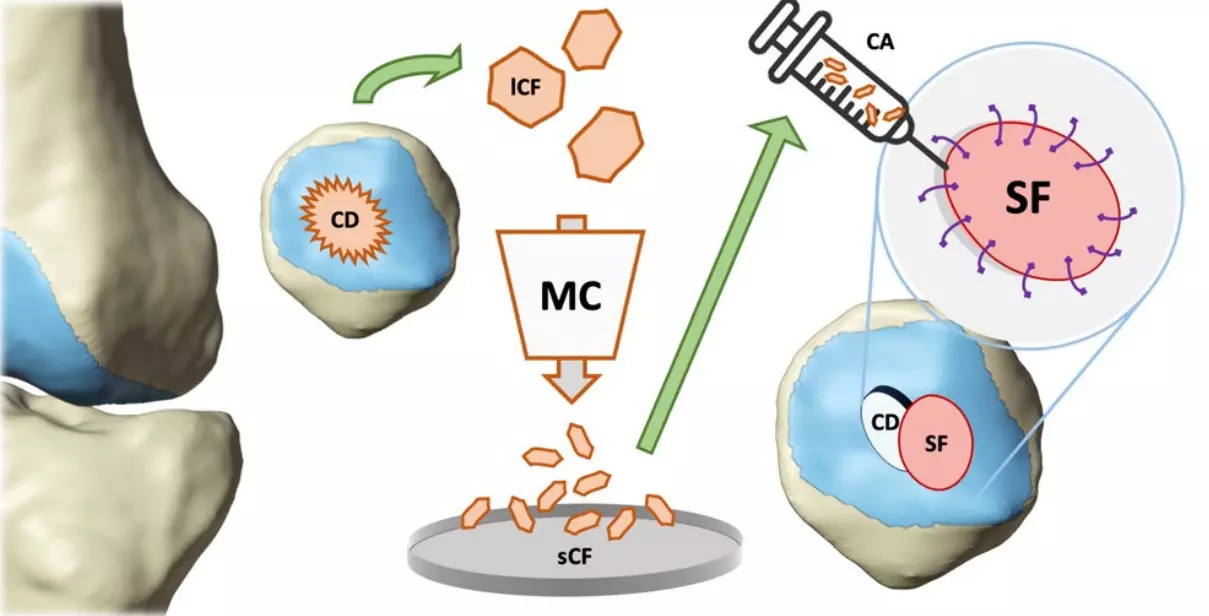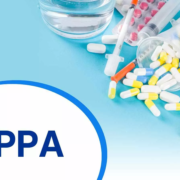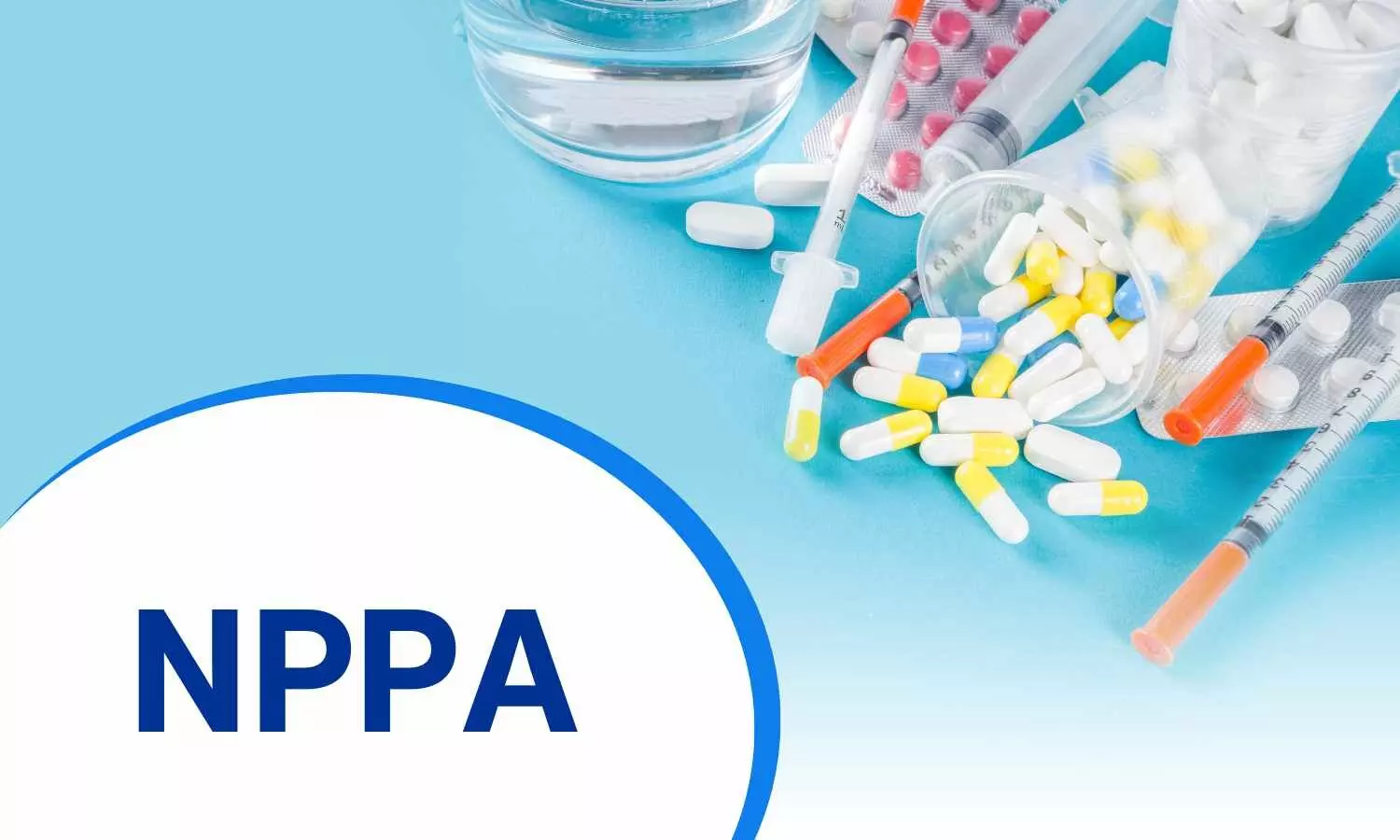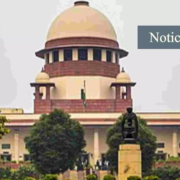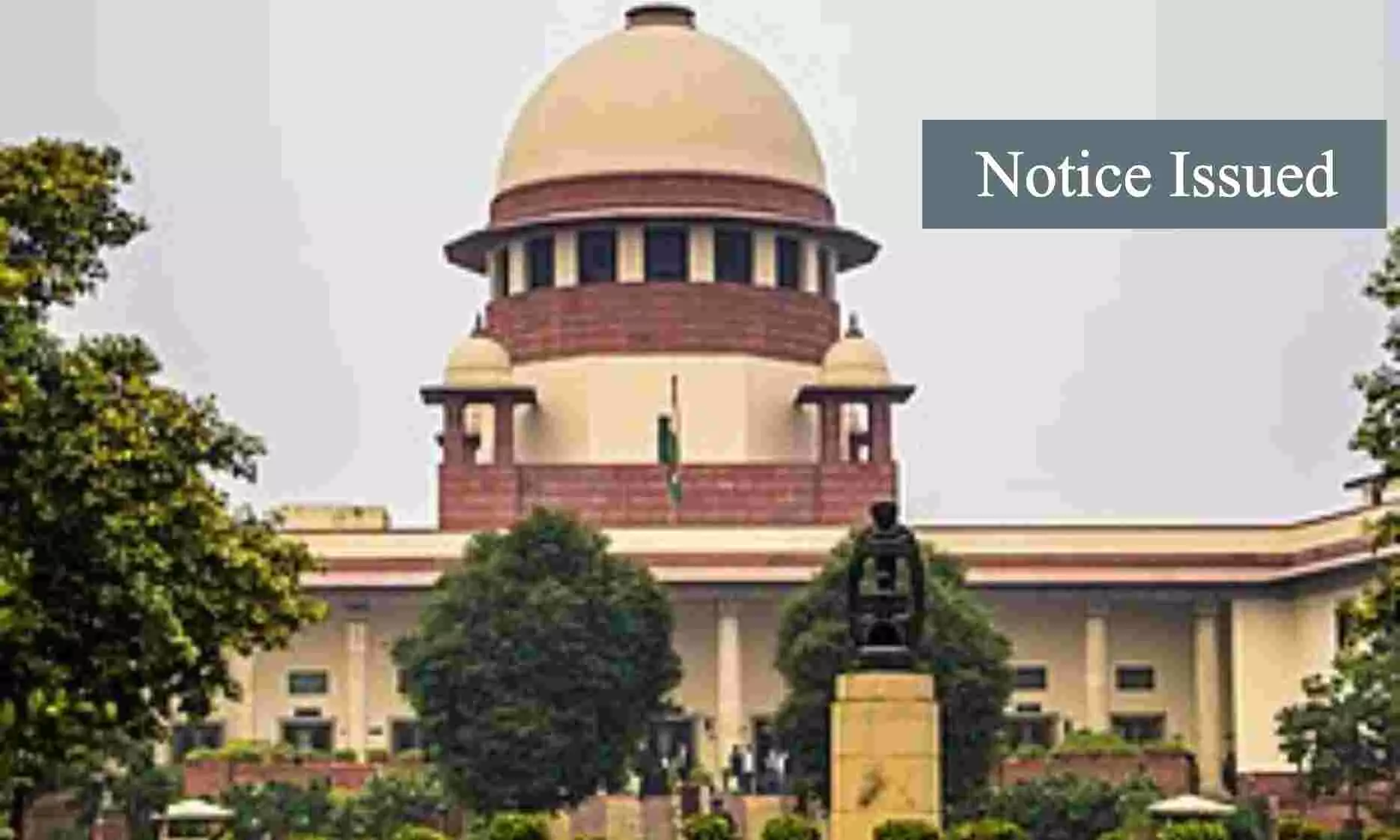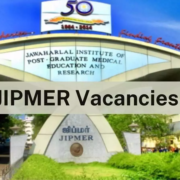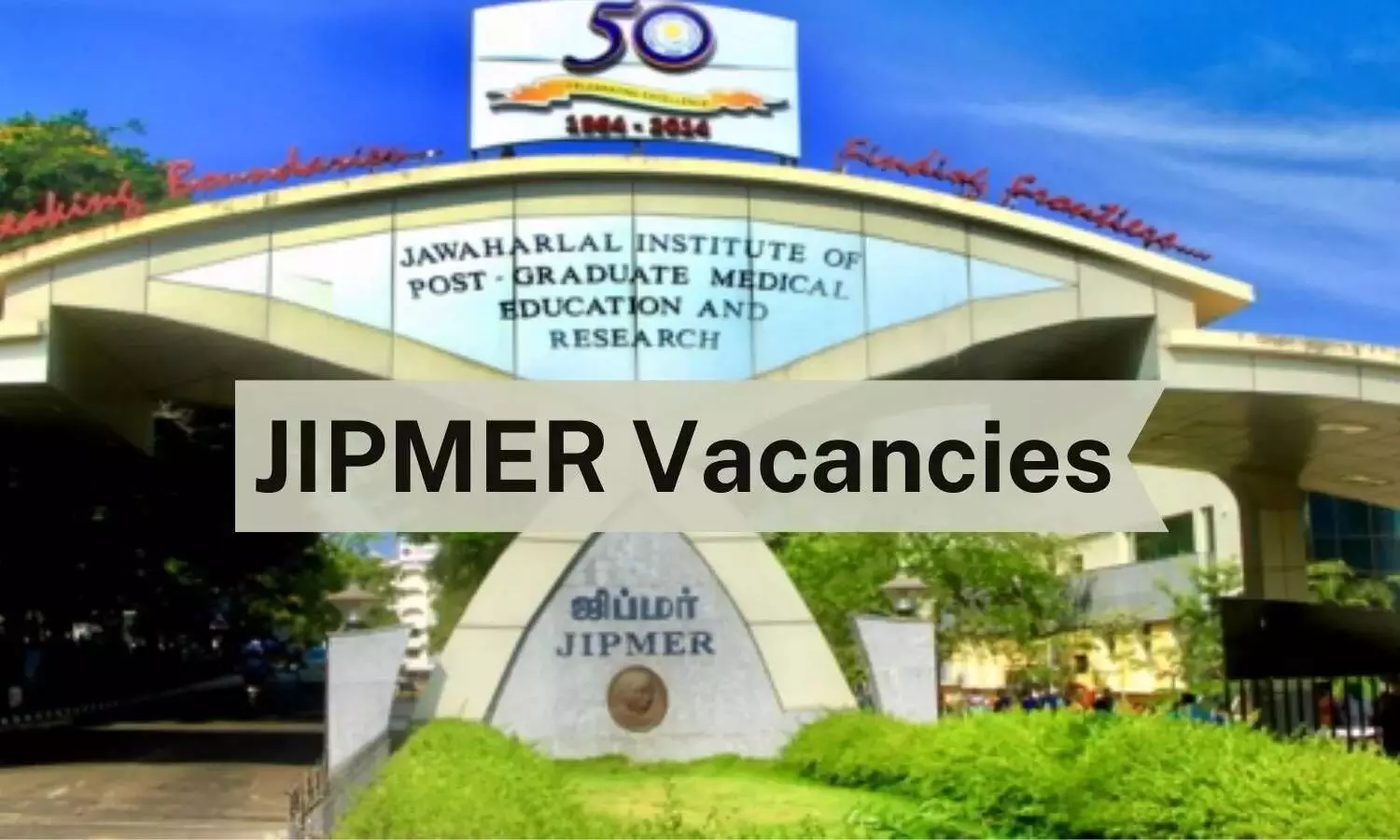Managing gestational diabetes earlier in pregnancy can prevent complications and improve outcomes: Lancet

A shift in testing for and managing Gestational Diabetes Mellitus (GDM) to much earlier in pregnancy (before 14 weeks) can prevent health complications for both the mother and baby, according to a new Series published in The Lancet. Series authors challenge the current approach to GDM management – which focuses on late GDM (24 weeks+) – and call for better detection and prevention efforts alongside a personalised, integrated life-course approach for those who experience or are at risk for GDM.
GDM, also known as gestational diabetes – a type of diabetes that is found during pregnancy where blood glucose levels are higher than average but not as high as diabetes – is the most common medical pregnancy complication worldwide, affecting one in seven (14%) of pregnancies. As obesity and other metabolic conditions continue to increase around the world, more women of reproductive age will experience some degree of abnormal glucose/insulin regulation, which leads to higher risks of pregnancy complications as well as health conditions later in life, such as type 2 diabetes (T2D) and cardiovascular disease.
“Our new Series emphasises the urgent need for a major shift in how GDM is first diagnosed and managed, not only during pregnancy but throughout the lifetime of mothers and their babies,” said Series lead Prof. David Simmons of Western Sydney University, Australia. “GDM is an increasingly complex condition, and there isn’t a one-size-fits-all approach to managing it. Instead, a patient’s unique risk factors and metabolic profile should be considered to help guide them through pregnancy and support them afterward to achieve the best health outcomes for women and babies everywhere.”
GDM and its complications are on the rise
As obesity continues to increase worldwide, along with impaired glucose tolerance and T2D rates in women of reproductive age, GDM prevalence has also increased two to threefold across multiple countries over the last 20 years. The current GDM prevalence rates range from over 7% in North America and the Caribbean region to almost 28% in the Middle East and North Africa region.
Between 30% and 70% of women with GDM experience high blood glucose (hyperglycemia) from early pregnancy (20 weeks gestation or sooner, also known as early GDM). These women have worse pregnancy outcomes compared to women whose GDM is not present until later in pregnancy (24-28 weeks). Even later in pregnancy, in studies where GDM was not managed adequately (e.g., where insulin was needed but not used), GDM was associated with increased risks of cesarean delivery (16%), preterm delivery (51%), and large for gestational age babies (57%). Other studies that looked at GDM pregnancies requiring insulin therapy found it was associated with a more than two-fold increased risk of neonatal intensive care unit admission.Women diagnosed with GDM have a 10-fold higher risk of developing T2D later in life compared to women who did not experience GDM.
They are also more likely to have co-existing hypertension, dyslipidemia (high blood lipid levels), obesity, and fatty liver, with a two-fold higher risk for developing cardiovascular disease during their lifetime. Women with GDM also experience more significant risks of mental health conditions, including stress, depression, and anxiety, along with stigma and feelings of guilt and shame related to GDM during pregnancy. Beyond their own impacts, these feelings of guilt and shame can lead to additional adverse outcomes if patients avoid testing glucose levels or taking insulin because of them.
Recent studies have suggested that GDM diagnosis may be associated with an increased risk of subsequent postpartum depression. Conversely, treatment of late GDM is associated with lower rates of depression at three months postpartum, while treatment of early GDM is associated with improvement of quality of life at 24 to 28 weeks gestation.
“GDM is a tremendous public health challenge. Women who experience it need support from the medical community, policymakers, and society as a whole to ensure they can effectively access proper treatment, reduce the stigma associated with GDM, and improve their overall pregnancy experience,” said Series author Dr Yashdeep Gupta of the All India Institute of Medical Science.
Early diagnosis for a lifetime of better health outcomes
GDM has historically been considered a pregnancy complication involving the treatment of high blood glucose levels late in the second trimester. The World Health Organization’s current diagnostic criteria for GDM recommends testing at 24-28 weeks gestation without prior screening.
However, recent evidence suggests that GDM has foundations before pregnancy and can be present in early pregnancy. Overall, 30-70% of GDM can be found early using oral glucose tolerance testing and includes those at most significant risk of requiring insulin therapy and experiencing pregnancy complications.
Recent studies, such as the TOBOGM RCT , showed that among women with early GDM, identification, and treatment before 20 weeks gestation (compared to 24-28 weeks) not only reduced pregnancy complications and postpartum complications, including neonatal respiratory distress and length of stay in neonatal intensive care units, but also improved quality of life mid-pregnancy and increased breastfeeding initiation, which can reduce the likelihood of developing obesity, T2D, and other long-term conditions. “The benefits of early GDM detection are clear – we can keep mothers and babies healthier during pregnancy and hopefully continue that path for a lifetime. What is needed now is earlier testing and an approach to managing GDM that takes the available resources, circumstances, and personal wishes of the patient into consideration,” said Series author Dr Helena Backman of Örebro University, Sweden.
New strategies are urgently needed to improve GDM management
A better understanding of GDM and its effects can help researchers, clinicians, and policymakers develop new management approaches that focus on improved prevention and treatment of GDM complications from pre-conception through pregnancy and beyond.
The recommended strategies developed by the Series authors include:
• Early GDM testing of those with risk factors, ideally before 14 weeks gestation.
• Promoting health at the population level that prepares women, especially those with risk factors for a healthy pregnancy and, after that, for healthy aging. – Improve antenatal care that includes postpartum screening for glycemic status.
• Tailored annual assessments in women with prior GDM to prevent or better manage complications such as T2D (particularly in subsequent pregnancies) and cardiovascular disease.
• More research into GDM and how to improve outcomes of women with GDM and their children across the life course.
“It is past time to move from ‘late pregnancy’ focused services to an integrated, personalized life-course strategy across both high- and low-resource settings. This includes new, systematic approaches to prevention, early GDM treatment, identifying and overcoming barriers to uptake, better health system integration, and more research to better understand how GDM affects women and their children during pregnancy and throughout their lives,” said Prof. Simmons.
Reference:
Marie-France Hivert, Helena Backman, Katrien Benhalima, Prof Patrick Catalano, Prof Gernot Desoye, Jincy Immanuel, Christopher J D McKinlay, Prof Claire L Meek, Prof Christopher J Nolan, Pathophysiology from preconception, during pregnancy, and beyond, The Lancet, https://doi.org/10.1016/S0140-6736(24)00827-4.
Powered by WPeMatico


